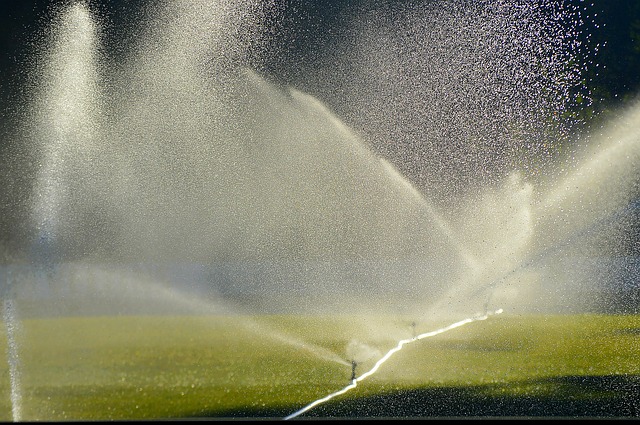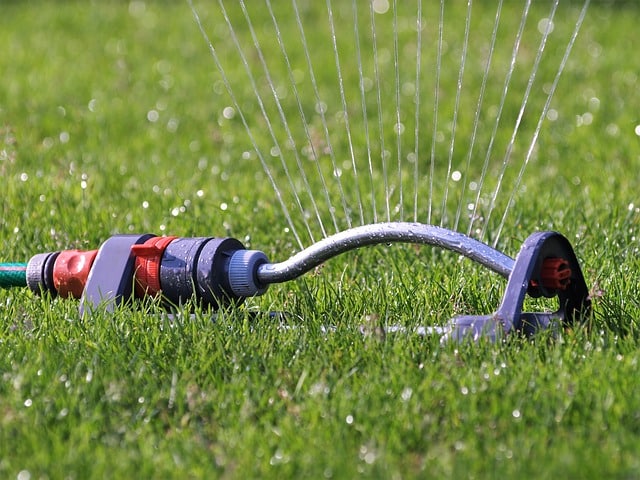
The pressure from the sprinkler makes the water form a kind of wall
Sprinkler comes from the Latin word aspersus , in turn derived from aspergĕre (which can be translated as "spray" ). It is a device that allows spraying : spreading in small drops .
Spreads liquids under pressure
The sprinkler spreads water or other liquid under pressure . Its mechanism allows the pressurized flow to be converted into mist .
The sprinklers, therefore, generate a type of curtain thanks to the pressure with which the fluid is expelled, the nozzle that the liquid passes through and the angle of firing. Said curtain tends to be uniform.
There are electric sprinklers and mechanical rotating sprinklers . Typically, several sprinklers are installed, located at a certain distance from each other, to cover a larger surface area with their rain .
It should be noted that sprinklers are not only used to spray water. There are also sprinkler devices that are used to spray a herbicide , so that a field receives the amount of this substance it needs to prevent the development of weeds.
Sprinkler irrigation
Sprinkler irrigation is frequently used to supply water to plants . The effectiveness of its use in crops depends on the source of water collection (a lake, a river, a well, etc.), the system used to pressurize and the pipes, among other issues.
Among the benefits of watering with sprinklers are reduced water consumption compared to other methods and precise irrigation dosage based on pressure control. Systems of this type adapt without any problem to the dose that the user needs, in addition to being very easy to program so that they work automatically. Beyond water, these irrigation sprinklers also allow the use of phytosanitary products, fertilizers or those required to combat frost.
As a negative aspect, specialists mention the humidity generated in the stem and leaves, which can encourage the emergence of fungi . Furthermore, it is undeniable that they require a greater volume of water than drip systems, and that in some cases, if the wind blows too strongly, they can offer less irrigation uniformity.
There are two types of sprinkler irrigation, each with its well-defined characteristics:
* the stationary ones . In this category we find two subgroups: semi-fixed ones with mobile pipe (which can be automatic or manual) and those with fixed pipe ; the fixed ones , which can be temporary aerial or permanent buried ;
* continuous scrolling . In this case we have on the one hand the movable branches and on the other the so-called giant sprinkler . The former have a pivot (which moves in a circular movement), a lateral (for movement towards the front) and two wings that are dragged by means of a transport. The second, on the other hand, can have furling rollers or traveling cannons.

Pipes and regulators are some parts of the sprinkler irrigation system
Components of sprinkler irrigation
Having seen the general characteristics of these irrigation systems and their two main types, it is time to take a look at each of their various components. Let's start with the pump unit , which is used when the water supply cannot meet the user's needs because the inclination of the sprinkler tube causes gravity to slow the flow of the liquid too much.
Regarding the tubes, they are divided into main and secondary , and are usually made of metal so that they do not deteriorate due to pressure. The irrigation hydrants , meanwhile, are sockets for connection with secondary, lateral pipes or with the sprinklers themselves. There are also regulation and control devices , to adjust the pressure and flow values.
